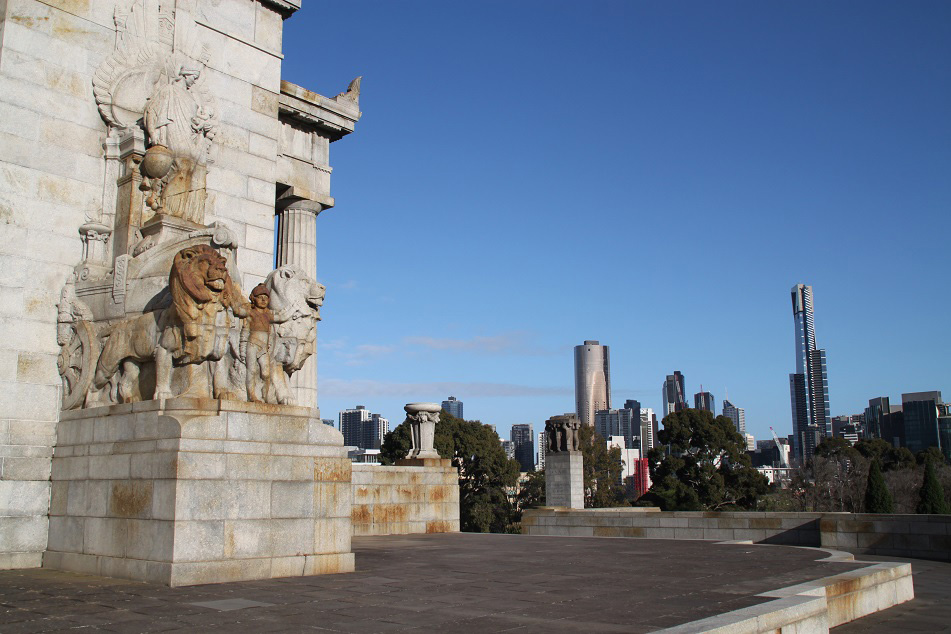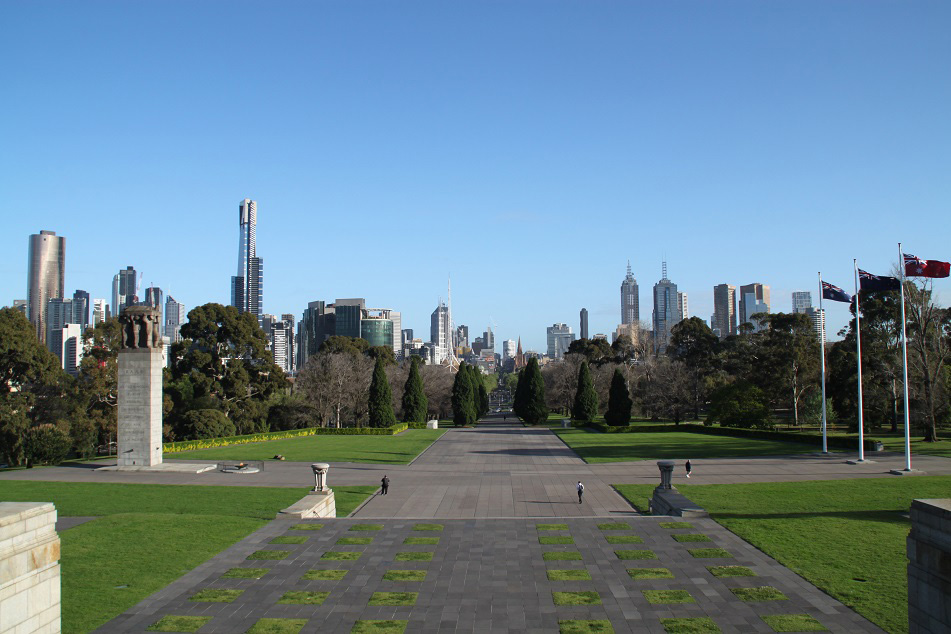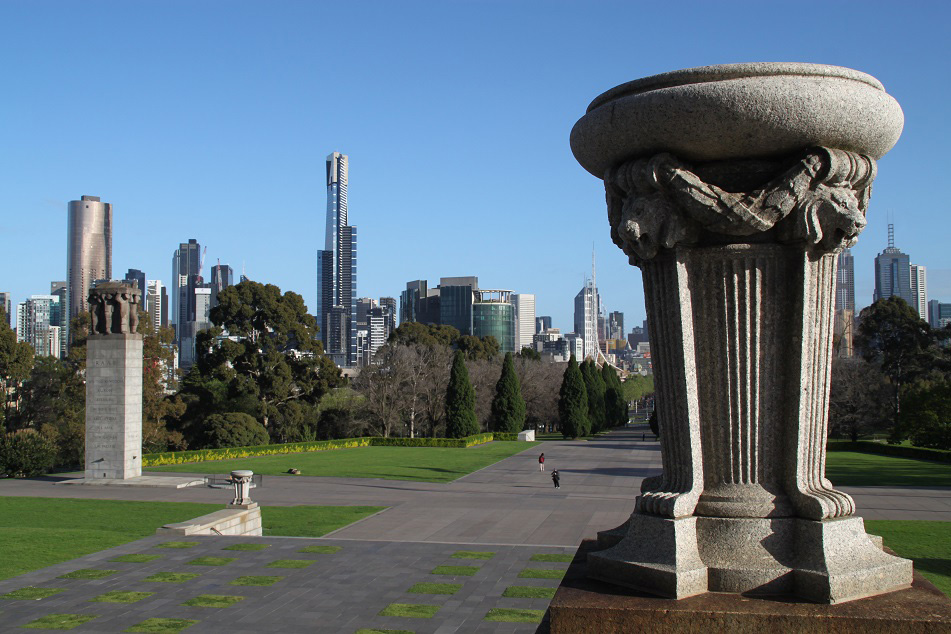What is a hero? Perhaps it is someone who, because of personal reasons and sentiments, is generally revered and exalted, someone whose name is mentioned with adoration and endearment. Our mother, father, brothers, sisters, lover, spouse, uncles, aunts, and teachers are among those some of us consider heroes in their lives. Admiration for these people is often genuine and heartfelt, and those who listen to the stories of these remarkable individuals cannot help but feel the same way.
But take this concept to a broader level, one that involves identity, be it nationhood, race, religion or even something as mundane as a football club, and the term hero will almost certainly become more complicated, stirring mixed reactions and emotions.
In the context of statehood, heroes are mostly those who died for a nation’s freedom, men and women who cleared the path for future generations to thrive in peace and rise to great heights. But there are wars in which humans perish not to defend what is right, but rather because they are trapped in a situation where the only option is to go to the battlefield. Some wars are admittedly more nuanced than others; they inevitably blur the line between good and evil, and the fallen soldiers can be heroes to one side, but villains to the other.
Numerous monuments and memorials have been erected the world over to remember the fallen, from Paris’s Arc de Triomphe, to Baghdad’s Al-Shaheed Monument (the Martyr’s Memorial), and Tokyo’s Yasukuni Shrine. While the monument in the French capital commemorates those who died for the republic, including during Napoleon’s campaigns to conquer Europe, the turquoise twin half-dome-memorial in the Iraqi capital was dedicated to the soldiers who died fighting Iran. Certainly, the veneration is exclusive to one side of the border. Meanwhile, Yasukuni Shrine is often shrouded in heated controversy, chiefly from the Chinese and the Koreans, as the Shinto shrine honors not only those who died in Japan’s domestic conflicts, but also the brutal wars the Japanese waged against other Asian countries.
In the Southern Hemisphere, just south of Melbourne’s Yarra River, another war memorial lies prominently on a verdant hill overlooking the impressive skyline of Australia’s second biggest city. The Shrine of Remembrance, as it is called, is not surrounded by busy traffic like in Paris, nor has it seen a war ravaging the city where it stands as is the case in Baghdad. The only controversies that arose were about where it should be built and in which architectural style it should be designed, certainly not the kind of things Australia’s neighbors would have been concerned for.
The Shrine of Remembrance is a memorial to honor Australians who have served in war, although some of the wars are arguably more controversial than others, like the Vietnam War. Inspired by the Mausoleum at Halicarnassus (one of the seven wonders of the ancient world) and the Parthenon in Athens, Phillip Hudson and James Wardrop, architects who served in World War I, designed the grand monument in 1923. Construction began in 1927, just a few years prior to the Great Depression that hit Australia’s economy hard. However, the crisis proved to be a blessing in disguise for the completion of the monument as a large number of unemployed men were hired at sustenance wages to work on the project, including war veterans who took the opportunity to help finish the shrine. In September 1934 the memorial was finally completed, and two months later it was formally dedicated by the Duke of Gloucester.
The date of the dedication was November 11, and to this day every year at 11am, 11-11, the word ‘LOVE’ that has been chiseled on the Stone of Remembrance inside the monument is illuminated by a shaft of sunlight. This special moment that occurs annually has the raw potential to send chills down every visitor’s spine, for love is what the world needs to end any kind of war. Whether or not those who have visited this shrine during that particular time will uphold love in whatever situation they may encounter, remains a question to be answered.










Thank you for a very valuable contribution to the concept of hero in our modern society! Your photos as always are superb.
LikeLike
One’s definition of hero can differ greatly from another person’s, although in many cases we can agree on certain qualities of a hero. Thank you, Peter!
LikeLiked by 1 person
Those are stunning portraits of the Shrine of Remembrance. Equally captivating is the thoughtful narration accompanying the images. I didn’t know about the 11 AM magic of 11-11 occurring year after year. Thanks for sharing.
LikeLike
Much appreciated, Umashankar! I was in Melbourne just a month too early to participate in the annual pilgrimage to witness this unique occurrence. One day when you go there at this auspicious time you can share with us how it’s like.
LikeLike
I trust I will remember your exquisite post in those moments.
LikeLiked by 1 person
A very good read.
Enjoyed it.
LikeLike
Thanks for reading, Prantik!
LikeLiked by 1 person
What a wonderful post on remembering those who defended their state and country throughout history, and sharing with us the Shrine of Remembrance. This is a site where I am all too familiar with and have passed by and visited it more times than I can count. Once I even worked nearby and I would always take a walk around the Shrine on my lunch break 🙂 It is amazing what happens on 11 November at 11am…very magical indeed.
The eternal flame really is the eternal flame and it is sacred. No one is supposed to touch it. A few years ago someone put the flames out and got caught on CCTV camera and subsequently appeared in court. He was certainly up to no good.
Amazing photos all round, Bama 🙂
LikeLike
I can imagine walking around the Shrine on a lunch break must be a very nice and relaxing thing to do, with all the greenery and fresh air. Ahh, so you’ve been there on 11-11 at 11am. I wonder how many people usually flock to the Shrine during that special occasion, though.
It seems like every now and then there will always be people who are disrespectful of things that matter for others. However, as long as they’re just a small percentage of the society, everything is good. No city or country is perfect after all.
Thanks for reading and sharing your experience, Mabel! Really appreciate your kind words. 🙂
LikeLike
It was a refreshing walk around the Shrine on many a lunch break…but the hard part was climbing up the hill on the other side to get to the Shrine 😀
It is always a lot of people at the Shrine on that day, and I’d wager at least a few hundred. Every year there’s a ceremony of sorts on this day, and chairs for attendees to sit. Once I passed by on my lunch break on 11-11 and it was bustling with people. Anzac Day is another occasion (and public holiday) where people gather at the Shrine to honour those who defended Australia.
It is true that no city or country is perfect, and no one is perfect. To those who rub others the wrong way, I just tell myself they need to find their way. And I need to find mine.
Thank you for writing once again. Such a pleasure to read 🙂
LikeLike
I guess in hindsight those walks up the hill was necessary to burn all the calories from lunch, don’t you think? 🙂
The pleasure is mine. It’s always great to hear your thoughts about Melbourne.
LikeLiked by 1 person
Bama, one of the features that struck me the most about the Shrine of Remembrance was the silence – the immense solitude that we felt at the monument and while strolling the grounds. I had no idea it was inspired by the Mausoleum at Halicarnassus and the Parthenon, so thanks for sharing that in your thoughtful account!
LikeLiked by 1 person
I wonder what happened after we left, though, because as we walked away I saw two tour buses arriving at the Shrine’s parking area. However, I believe most people would be considerate enough to not speak loudly at a place like that. You’re very welcome, James! Makasih for reading.
LikeLiked by 1 person
I didn’t know that about the monument being built during the depression. I was researching for my latest fiction manuscript and discovered another construction built to give men work during the depression, but further north in Queensland.
LikeLike
So the setting for your story is 1930s Australia? It’s always interesting to imagine how life was like in the past, when what is now considered a relic was seen as a breakthrough in technology, and when what is now an obsolete way of thinking dictated the way people lived their lives. I wonder what that other structure in Queensland is…
LikeLiked by 1 person
I’m writing a post on it soon because it was a childhood haunt I revisted on my last trip to Brisbane. The story actually starts in the 1800s in New Zealand (thus so many NZ posts as I had to find a location) then the main character moves to Auz.
LikeLike
Can’t wait to read it!
LikeLiked by 1 person
Great post Bama.
LikeLike
Thanks Debra! Hopefully when I go back to Australia one day I’ll get the chance to visit your hometown.
LikeLike
My comment is rather random, but it was strange to come home and see your photos here today right after I returned from an old cemetery with some remembrance monuments and a view of the city’s skyscrapers in the background! Both yours and mine seem to be serene and contemplative places for a nice walk.
LikeLike
I really enjoyed walking around the Shrine of Remembrance, and from your description that cemetery you went to sounds like a perfect place to be alone for a contemplative morning or afternoon. Unfortunately in superstitious Indonesia any kind of cemetery is often perceived by many people as a scary place, regardless of how beautiful it might be.
LikeLiked by 1 person
Memorial ya? Ih… hihihi… saya antara takut sama mau hihihi… kalo sendirian agak males tp kok bagus banget yaa… mana sepiiiii gitu. Itu anginnya semilir2 makin berasa dong yaaa… mas Bama sama mas James gak digangguin ya? Hihihi…
BTW, mas Bama pernah post tentang Monument yang di Irak itu? Bagi linknya dong, Baghdad gitu lhoo… mbahnya ancient heuheuheu.
LikeLike
Gak serem sama sekali kok mbak. 🙂 Pagi itu memang anginnya masih lumayan dingin, dan pas sampe sini langit masih mendung. Sambil nunggu matahari muncul kami cari ceruk di bangunan monumen ini supaya gak kena semilir angin yang bisa bikin menggigil, hehe..
Monumen yang di Irak itu saya belum pernah nulis kok mbak, doakan saja semoga suatu saat nanti ada kesempatan ke sana, berkunjung ke Babylon, dll. Ahh, ngebayanginnya jadi bikin tambah kepengen.
LikeLiked by 1 person
As you say someone’s war hero is another person’s enemy. It’s difficult to think that way when the hero happens to be a family member. If only war memorials were more of a reminder to us to value love.
LikeLike
Humans are inherently biased. But through education, dialogue, and traveling to name some, our perceptions of things are constantly challenged and our values are incessantly calibrated. It takes this kind of experience to see this hero-enemy relation in a balanced and more nuanced way. And as you mentioned, love should be at the very foundation of it.
LikeLiked by 1 person
Bama we ony had a very short time in Melbourne and I am afraid I did not even know about this increidble memorial. How wondrous about the word love being illumiated at 11/11/11. I can imagine the shivers and chills it would give anyone present. It seems like such a peacul location and that in itself speaks for the hope of the future and those who sacrificed so much.
LikeLike
That’s another reason for you to return to Melbourne, Sue! Although obviously the city has a lot more to offer. If you’ve never tried Ethiopian food, Melbourne is the place to go — unless you’re planning to go to Ethiopia. Then of course all the highly educational and eye-opening museums. If I had more time in the city, I would have loved to explore the Royal Botanic Gardens — where the Shrine sits on its southwestern corner — and enjoy its peaceful ambiance.
LikeLiked by 1 person
The way you took the pictures really captures the Shrine of Remembrance’s breathtaking atmosphere. The way you describe the word hero – it’s an interesting thought to ponder about.
LikeLike
Much appreciated, GP! Glad you enjoyed this post.
LikeLike
duh langitnya bersih sekali ya disana bang..
LikeLike
Eeeh ada Kak Bolang! Di sana memang kalo pas cerah langitnya biru banget. Di Jakarta bisa biru juga sih langitnya, tapi jarang. 😀
LikeLike
Ho oh Tangerang juga permah biru pas lebaran katanya 🙂
LikeLike
Kalo pas Lebaran polusinya pindah dari Jakarta ke daerah lain di Jawa, kendaraannya pindah soalnya. 😀
LikeLike
Great post bro, especially the images are awesome.
LikeLike
Thanks for the kind words, Ritesh.
LikeLike
Beautiful photos and ideas, time well spent. Thank you so much for doing this.
LikeLike
Really appreciate your time reading this post, Ventian! Glad you enjoyed it.
LikeLiked by 1 person
Beautiful and arty photographs.
LikeLike
Thanks!
LikeLike
The monument stands so majestically! Awesome photos.
LikeLike
Appreciate your kind words, David! This monument really is something not to be missed in Melbourne.
LikeLike
as always artikelmu selalu memuaskan mas…heheheh.sy qo ga bisa motret kyk gini yah hahaha.dulu pernah berfoto di sini, tapi ga ngerti ini bangunan apaan…da ga tau jg klo australia pernah ikut perang 😀
LikeLike
Wah terima kasih banyak lho mbak sudah menyempatkan baca. Saya juga bingung sih kalau ditanya soal fotografi, karena buat saya kuncinya harus banyak berlatih, coba-coba dengan berbagai settingan kamera, dan satu faktor penting yang di luar kendali kita: cuaca.
LikeLike